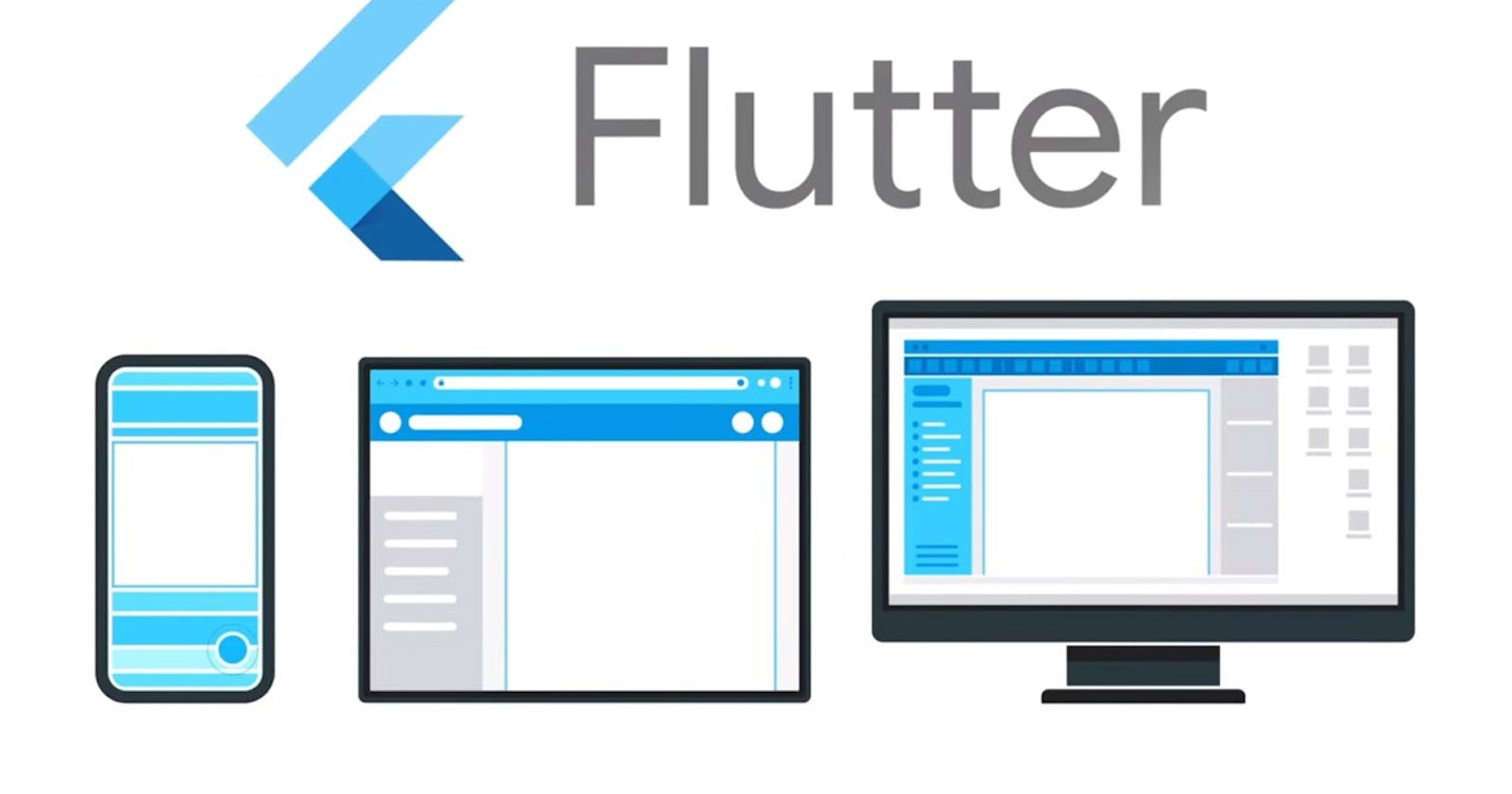Table of contents
No headings in the article.
Flutter is a free and open-source mobile application development framework created by Google. It is used to develop applications for Android, iOS, Linux, Mac, Windows, and the web.
One of the key features of Flutter is its reactive programming model, which allows for the building of high-performance, visually attractive, and responsive apps. This is achieved through the use of the Dart programming language and the Flutter widget tree.
For beginners, getting started with Flutter can be a bit daunting. However, there are many resources available to help you learn the basics and start building your own apps.
Here are some steps to help you get started with Flutter:
Download and install the Flutter SDK: You can download the latest version of the Flutter SDK from the official website. Once downloaded, you will need to set up your environment by adding the Flutter bin directory to your system path.
Learn the basics of Dart: Dart is the programming language used by Flutter. If you are not familiar with it, you will need to learn the basics before diving into Flutter.
Understand the Flutter widget tree: The widget tree is the foundation of every Flutter app. It is a hierarchy of widgets that defines the layout, appearance, and behavior of the app. Understanding how the widget tree works is essential to building apps with Flutter.
Build your first app: Once you have a basic understanding of the Flutter framework and the Dart programming language, you can start building your first app. The Flutter website has many tutorials and sample code to help you get started.
Join a community: Building apps can be challenging, and it's always helpful to have a community of people to turn to for help and support. There are many online communities dedicated to Flutter, such as the FlutterDev subreddit and the Flutter community on Slack.
Flutter is a powerful framework for building mobile apps, and it's well worth learning for any developer looking to create visually attractive and responsive apps quickly. With the help of the resources available and the supportive community, it's easier for beginners to get started and build their own apps.

